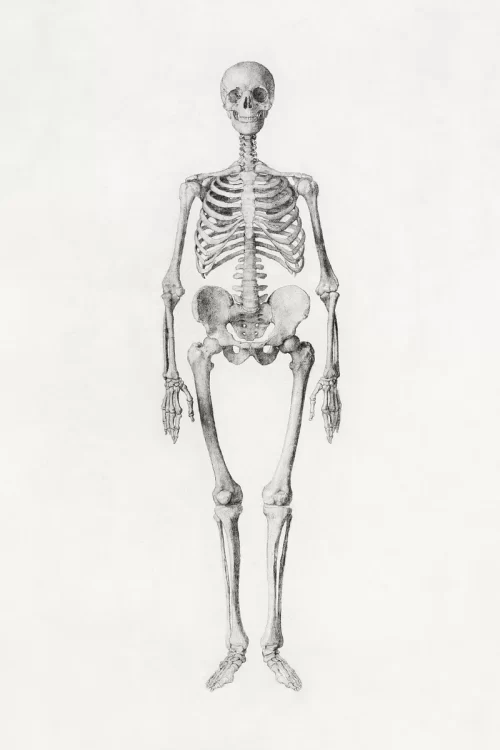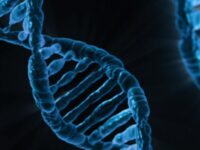It is not every day that a fossil of an entirely new species is found, let alone that of an early
human, estimated to be 300,000 years old. This recent discovery adds an entirely new chapter in the story of premodern human history.
In 2019, a team of scientists led by Xiu-Jie Wu and Wu Liu from the Institute of Vertebrate Paleontology and Paleoanthropology in Beijing discovered fragments from the skull of a hominin in the Hualong Dong cave just west of the Yangtze River in China. This species is very closely related to modern humans and lived in eastern China approximately 300,000 years ago. A year after the discovery, the team recovered half of the mandible — the lower jawbone — believed to belong to the individual, known as HLD 6 after the Hualong Dong cave. From this singular fossil, the group determined that it was likely from the skull of an adolescent of an entirely undiscovered species of primitive human.
The scientists used geometric morphometric analysis, a computerized measuring technique used to compare and contrast scale shapes and determine relationships between them, to study mandibles from 83 different hominins from a variety of time periods. The measurements revealed a statistically significant difference between other pre-modern humans, which led to the conclusion that HDL 6 is most likely a unique, first-of-its-kind subgroup — a revelation that has added a new layer to the already complicated timeline of human evolution.
The discovery of HDL 6 has also forced anthropologists to rethink the origin of Homo sapiens, or modern day humans. Described as a “mosaic,” the HDL 6 skull remnants contain features seen in both extinct bipedal primates and modern-day humans. While certain aspects of its skull resemble those in other hominins from the late Middle Pleistocene age (between 774,000 and 129,000 years ago), HDL 6 bears a flat face and thinner upper jaw structure: more modern morphological features. This mosaic pattern has “never been recorded in late Middle Pleistocene hominin fossil assemblages in East Asia,” Wu and Liu wrote in their study.
“This mosaic pattern has “never been recorded in late Middle Pleistocene hominin fossil assemblages in East Asia,” Wu and Liu wrote in their study. “
While it is unlikely that the appearance of a few present-day attributes in an individual in eastern China will push back the timeline of the existence of the first modern humans, the fossils recovered from Hualong Dong prove that traits found in humans today are also found in fossilized remains from as early as 300,000 years ago and precede the arrival of H. sapiens in the region.
It is difficult to fully understand how characteristics of H. sapiens popped up in China 70,000 years prior to the existence of the first modern-day humans in Africa. As of right now, the best explanation lies in thousands and thousands of years of cross-breeding with other species of ancient humans and the pressures the environment applies to a species’ appearance. In the case of the Hualong Dong people, the culprit could be the shift in the subspecies’ food consumption from being heavily reliant on large animals and tough meat to a more plant-based and varied diet.“More fossils and studies are necessary to understand [the Hualong Dong people’s] precise position in the human family tree,” María Martinón-Torres — a palaeoanthropologist at the National Research Center on Human Evolution in Burgos, Spain — told Nature. Although it would be misguided to jump to paradigm-shifting conclusions based on a handful of remains, the discoveries of multiple sets of fossils that challenge the current understanding of human evolution and migration are still certainly exciting.






